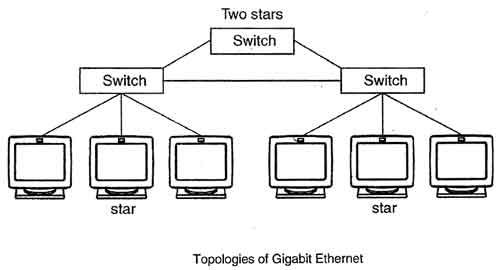- Related articles
- All Cisco DS-CWDM-1470's information (List price, Specs, Datasheet PDF, Compatibility matr
- The difference between XENPAK and SFP+
- Optical Transceivers for Cisco WS-C3650-48PD-S Switch
- Optical Transceivers for Cisco WS-C3560CX-8TC-S Switch
- What Is GYFTY53 Optical Fiber Cable?
- Cisco 550X Series Stackable Managed Switches Offer…
- Optical Transceivers for Cisco WS-C3750G-12S-E Switch
- Optical Transceivers for Cisco SF500-24-K9-G5 Switch
- Optical Transceivers for Cisco IE-3010-16S-8PC Switch
- Optical Transceivers for Cisco WS-C3650-48FS-E Switch

Introduction:
In this article we will discuss about the 1000BASE-LR Ethernet standard and what are the difference between 1000BASE-LR and 1000BASE-SX, So you can have a basic understanding for 1000BASE-LR technology to understand the basic solutions to 1000BASE-LR.
What is the 1000BASE-LR technology?
1000BASE-LR is a fiber optic Gigabit Ethernet standard specified in IEEE 802.3 Clause 38 which uses a long wavelength laser (1,270–1,355 nm), and a maximum RMS spectral width of 4 nm. 1000BASE-LR is specified to work over a distance of up to 5 km over 10 µm single-mode fiber. 1000BASE-LR can also run over all common types of multi-mode fiber with a maximum segment length of 550 m. For link distances greater than 300 m, the use of a special launch conditioning patch cord may be required. This launches the laser at a precise offset from the center of the fiber which causes it to spread across the diameter of the fiber core, reducing the effect known as differential mode delay which occurs when the laser couples onto only a small number of available modes in multi-mode fiber.

What are the Difference Between 1000BASE-LR and 1000BASE-SX?
The 1000BASE-LR SFP, compatible with the IEEE 802.3z 1000BASE-LR standard, operates on standard single-mode fiber-optic link spans of up to 10 km and up to 550 m on any multimode fibers. When used over legacy multimode fiber type, the transmitter should be coupled through a mode conditioning patch cable. For details on this implementation,
The 1000BASE-SX SFP, compatible with the IEEE 802.3z 1000BASE-SX standard, operates on legacy 50 μm multimode fiber links up to 550 m and on 62.5 μm Fiber Distributed Data Interface (FDDI)-grade multimode fibers up to 220 m. It can support up to 1km over laser-optimized 50 μm multimode fiber cable.





















































